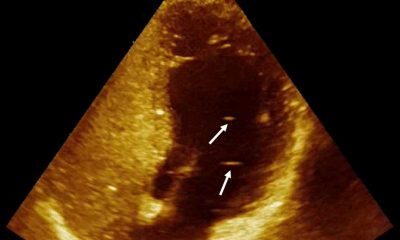

Though your chances of getting bent are relatively low, your risk increases five to 13-fold in the presence of a patent foramen ovale (PFO), which may...
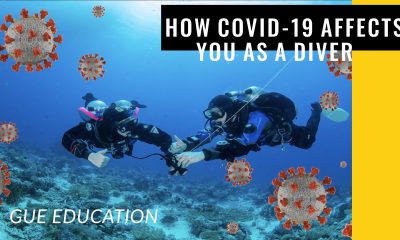

Join Dr Manuela Schoch, diving medicine physician, anesthesiologist, and GUE diver, as she talks about how Covid-19 can affect us as divers.


When and how should you return to diving following a traumatic brain injury? GUE’s NextGen Scholar, Kiwi water woman Annika Andressen spent eight months figuring out...


Frauke Tillmans and Virginie Papadopoulou and their team need YOUR HELP counting bubbles! Their goal: to develop an automated algorithm to detect and score venous gas...


Last September, InDepth presented new data-driven models to predict the risk of pulmonary oxygen toxicity on a dive, which arguably represent an advancement over the legacy...
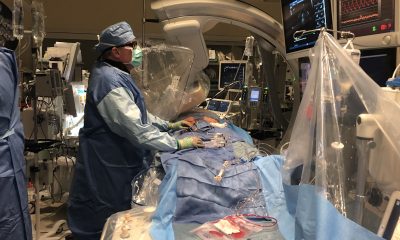

People like to give GUE a hard time for their uncompromising focus on team diving. But a pair of divers from GUE Seattle has taken it...
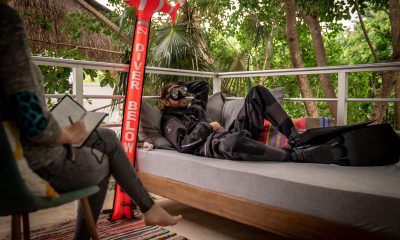

There’s a growing awareness that like ear barotrauma or DCI, divers can also be subject to mental and emotional traumas—whether it’s overcoming a newbie’s fear of...
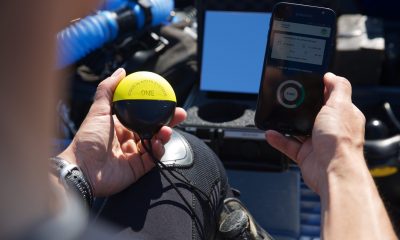

El ex-oficial de la Marina Francesa Axel Barbaud asegura que su nuevo producto O’Dive- es una herramienta personalizada e innovadora de seguridad - ¡ayuda a reducir...
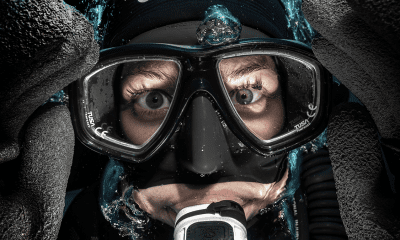

Most tech divers track their oxygen exposure on big and or long dives via computer using methods, such as REPEX OTUs, developed in the 1980s. The...


In 2016, Divers Alert Network established a $10,000 research grant in honor of Dr. R.W. "Bill" Hamilton, who conducted research on dive physiology and the treatment...